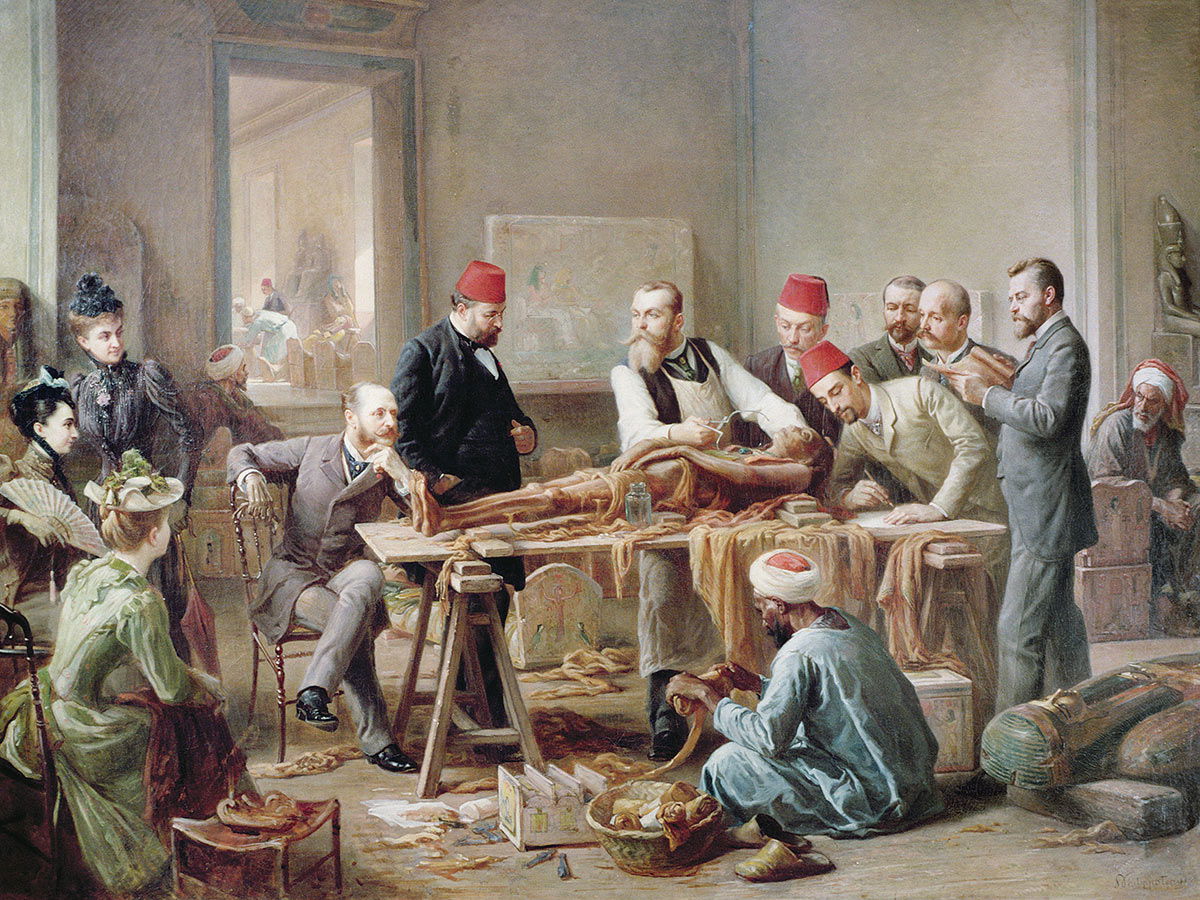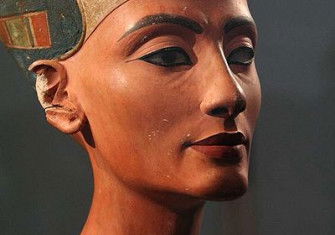
The Myth of Mummy Wheat
Despite a total lack of evidence, the belief that grains of wheat found in Ancient Egyptian tombs could produce bountiful crops was surprisingly hardy.
In 1897 Dr William Thiselton-Dyer, director of the Royal Botanic Garden, attempted to germinate grains of wheat taken from a 3,000-year-old Egyptian tomb. The wheat was a gift from E.A. Wallis Budge of the British Museum, who had found it inside a wooden model of a granary taken from the burial chamber by tomb robbers. Budge and Thiselton-Dyer waited patiently for any signs of life from the dark brown, desiccated wheat, planted and tended carefully under optimal laboratory conditions. To their great relief, none were forthcoming: after three months the earth was turned over and the wheat grains had dissolved into dust.






